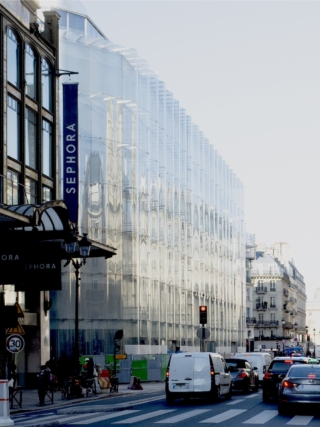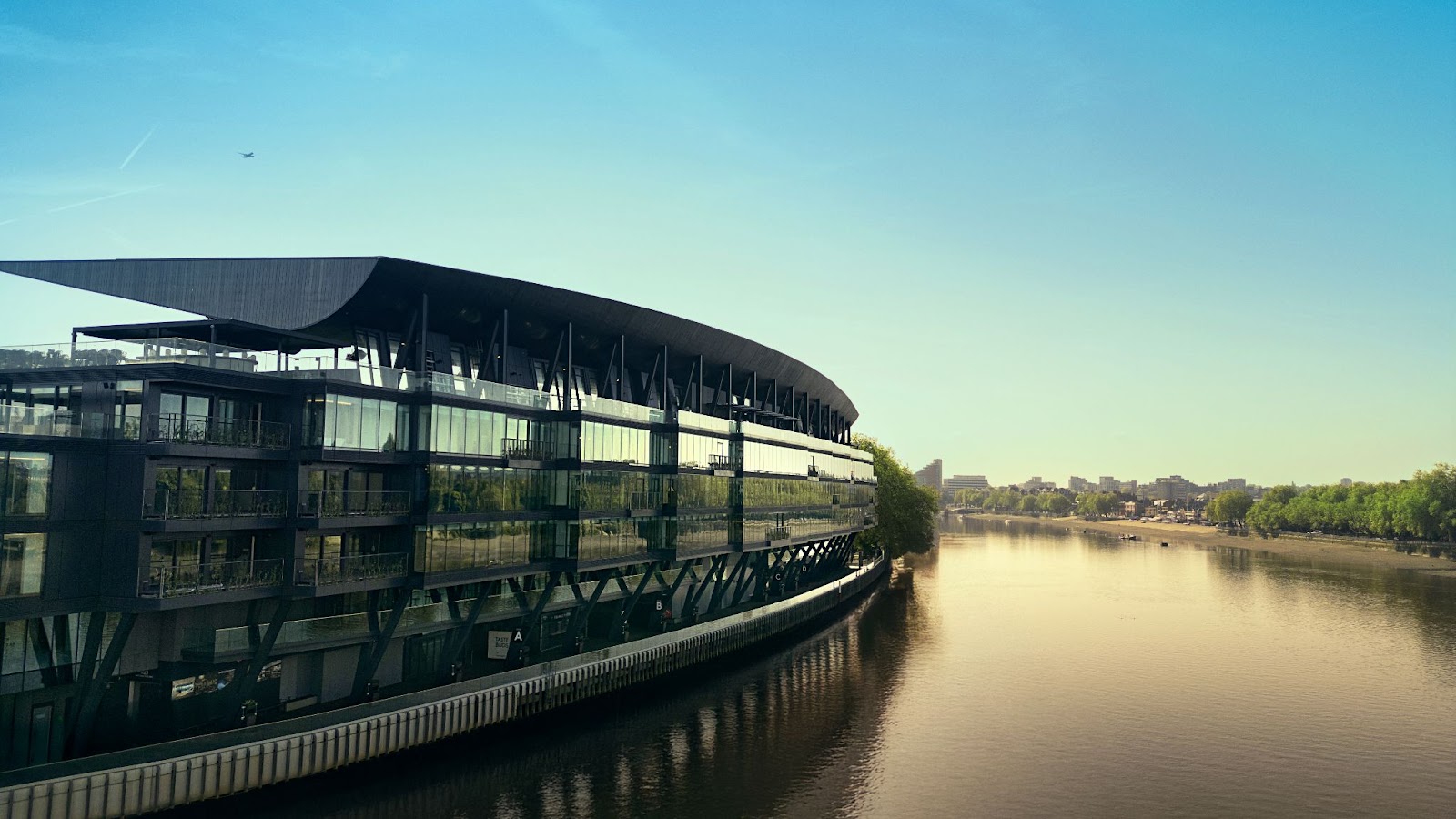The Japanese practice led by Kazuyo Sejima and Ryue Nishizawa has been recognised by the Royal Institute of British Architects for its balance of simplicity and depth, crafting spaces that prioritise light, inclusivity, and a profound connection to place.
SANAA, the Tokyo-based collaborative practice of Kazuyo Sejima and Ryue Nishizawa, has been awarded the 2025 Royal Gold Medal by the Royal Institute of British Architects (RIBA). The accolade is personally approved by His Majesty the King and acknowledges the practice’s contribution to shaping a universal language of architecture.
For nearly three decades, SANAA has pioneered a quiet yet radical approach to design. The practice’s work is defined by its ability to soften boundaries, employing transparency, lightness, and materiality to create spaces that invite interaction. The 2025 RIBA Honours Committee described their buildings as demonstrating “a sensitivity to place and people,” offering moments of calm within increasingly dense urban environments.
New Museum, New York.
The studio’s projects span the globe, yet each is acutely attuned to its setting. In New York, the stacked volumes of the New Museum assert themselves above the surrounding streetscape, while in Lausanne, the sinuous, low-slung form of the Rolex Learning Centre echoes the contours of the lakeside terrain.
As a result, SANAA’s portfolio is diverse. The 21st Century Museum of Contemporary Art in Kanazawa (2004) employs a circular plan to dissolve hierarchy, its transparent facades allowing visitors to navigate freely between interior and exterior. At Louvre-Lens in France (2012), softly reflective aluminium panels merge with the landscape, subtly shifting in response to changing light conditions. More recently, the Sydney Modern project (2022) has extended the Art Gallery of New South Wales with a series of interwoven pavilions designed to engage with both art and nature.
Louvre Lens, France.
Across all projects, inclusivity remains a defining concern. Spaces are configured to encourage interaction and movement, fostering a sense of community. At Grace Farms, Connecticut (2015), the gently undulating roof of the River Building unifies a sequence of spaces for gathering, contemplation, and performance. In contrast, the Serpentine Pavilion (2009) in London — conceived as a delicate aluminium structure — explored notions of permeability and openness.
Throughout their careers, Sejima and Nishizawa have championed an architecture that is both precise and atmospheric. Their work is driven by an ongoing curiosity about how spaces can frame and enhance human experience. As the 2025 Royal Gold Medal laureates, SANAA’s contribution to the field stands as a testament to architecture’s potential to be quietly transformative.
Grace Farms in Connecticut.
“We are delighted and very honoured to receive the Royal Gold Medal. We have always believed that architecture can transform and repair environments, helping us to relate to our surroundings, nature and each other,” said SANAA in a statement. “Throughout our careers we have tried to make spaces that bring people together, inviting them to imagine new ways of living and learning collectively. Architecture is always teamwork, and we are very grateful to everyone that has given us opportunities to develop these ideas over the years, and to all those people that have worked tirelessly with us to realise them. This is a very happy moment for us, thank you.”
RIBA President and chair of the 2025 RIBA honours committee, Muyiwa Oki added: “Exemplifying an unassuming yet impactful leadership in the evolving practice and theory of architecture, SANAA’s designs demonstrate that architecture can balance functionality with profound elegance. True pioneers in the field, their unwavering commitment to sustainable, user-centred design has quietly blazed a trail for others, setting an inspiring standard for the future of our built environment.
Citation by the 2025 RIBA honours committee:
Sejima and Nishizawa and Associates (SANAA) is the established collaborative practice of Japanese architects Kazuyo Sejima and Ryue Nishizawa. Spanning nearly three decades, their work has become a standard for creating meaningful, culturally insightful, and elegant architectural designs.
Their work has reshaped the global design landscape, producing works that bring simplicity, light and elegance to the fore, establishing themselves as leaders in architecture’s global discourse. The projects bring spaces to life with a simplicity that resonates deeply across cultures and generations.
SANAA’s extraordinary talent comes from the unusual nature of their practice. One which oscillates between the two partners as individual practitioners, but whose many collaborations always produce interesting and remarkable results.
Balancing subtlety with strength, SANAA’s landmark works speak for themselves. From the 21st Century Museum of Contemporary Art in Kanazawa to the Rolex Learning Centre in Lausanne, these projects blend transparency with solidity, uniting public and private spaces. With simple, elegant materials and graceful lines, their designs invite interaction, creating a seamless flow of natural light – a hallmark of their approach. Their work at the New Museum in New York and the Louvre-Lens in France reflects the innovative spirit and technical skill, bringing warmth and life to every space. Bold yet respectful of the local environment, SANAA has, since its founding, shaped a universal language of architecture that resonates with people everywhere.
As pioneers in sustainable, user-centred design, SANAA exemplifies an unassuming yet impactful leadership in the evolving practice and theory of architecture. Their lasting commitment to minimalist, human-focused space speaks to a deep understanding of architecture’s power to shape society. In an era where sustainability and accessibility are increasingly essential, SANAA’s work continues to set a thoughtful, inspiring standard.
This medal recognises a practice that has exemplified remarkable clarity and consistency over the decades. It is a testament to their contribution to architecture – intellectually rigorous yet playfully engaging. Their legacy is rooted in a shared vision where architecture prioritises the human experience and human interaction, alongside form and function. As pioneers, they demonstrate that architecture can be both functional and profoundly elegant, bringing a sense of calm to our increasingly complex and chaotic world. Their designs prove that good architecture is approachable, easy to use, and compelling, as it embodies a global language of design understood across culture and generations.

























